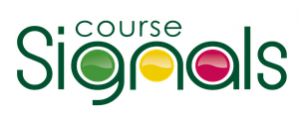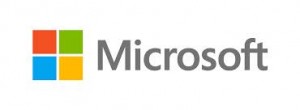Data can be collected to discover trends in student behaviours and predict student success. Examples of data collected for these purposes include: rates of participation in specific learning activities, log-in frequency, time spent accessing online materials, and grades from student exercises and activities. The data is then examined for correlations between behaviours and student performance. Some programs analyse past student records to identify the trends in behaviours that led to positive or negative learning outcomes. The results are then used to create predictive models to identify students at-risk for poor academic performance. An application using predictive analytics, for example, may tell you that a student who has low log-in frequency in your class’s weblog is at-risk, despite having perfect attendance in class so far. Therefore, learning analytics can be used to track student progress, particularly when at-risk behavior may go unnoticed.
In addition, learning analytic reports provide a visualization of student behaviour and which students are likely to succeed and which are not. Some learning analytics programs proactively notify teachers of at-risk students, so teachers can intervene and address students’ behaviour. Some programs can even provide automatically generated interventions that inform students of their likelihood of success, in the form of a simple alert, or identify specific actions an at-risk student needs to take to improve his/her chances of success.
Teachers can also use learning analytics to help identify factors related to course structure and curriculum that affect students’ success. For example, analysis of aggregated data may show low overall class participation levels in a particular subject area or activity indicating the need for change in curriculum.
Companies & Products:
Click on an icon to learn more about each company/product. Once you have finished reviewing a company/product, return to the Applications page to post your comment and complete Activity #2.





